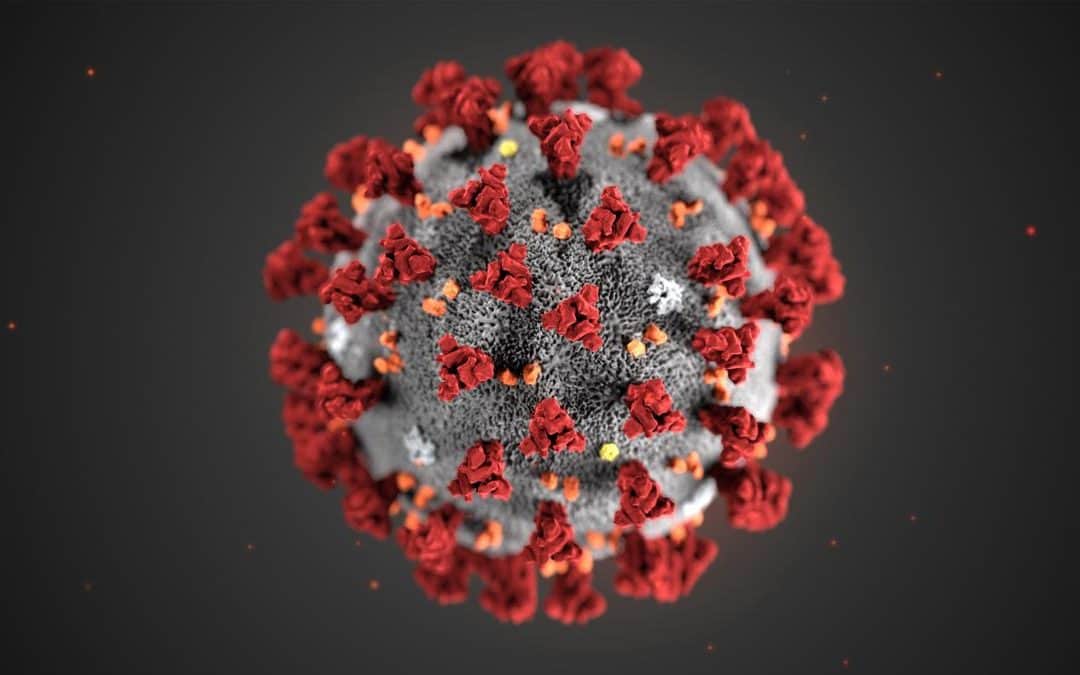The Coronavirus (COVID-19) outbreak has tanked stocks. The S&P 500 is down 13.6% into correction territory, falling from the high of 3,397.5 down to 2,931 as of writing this article. Other major indices have fared similarly.
What we Know about the Coronavirus
“As of March 6, 98,134 people have been confirmed to have COVID-19 (also known as the Wuhan coronavirus)…There have been 3,388 fatalities. “
There are 14 confirmed COVID-19 deaths in the US.
Source: https://heavy.com/news/2020/02/coronavirus-covid-19-cases-deaths-updates/
As is often the case, the COVID-19 virus seems to impact the elderly more severely. As of 11 Feb, in mainland China, no deaths occurred in those age 9 or younger. The fatality rate was estimated to be higher among those age 70 and older.
What we Might Know about Coronavirus
The virus itself has an estimated case fatality rate between 1-3%. Meaning an estimated 1-3% of people who have the virus die from it.
Source: https://en.wikipedia.org/wiki/Coronavirus_disease_2019
By comparison, in the 1918 “Spanish Flu” epidemic the case fatality rate was estimated to be 2-3%.
I think it is valuable to keep this in perspective by comparing it the the standard influenza virus or “flu”. So far in the 2019-2020 flu season in the United States, there have been between 32 to 45 million flu illnesses and 18,000-46,000 flu deaths. By my calculation this would be a case fatality rate between 0.04%-0.14%.
Source: https://www.cdc.gov/flu/about/burden/preliminary-in-season-estimates.htm
The case-fatality rate is the number of confirmed cases divided by the number of confirmed deaths.
Of course there will likely be many more people who have or had COVID-19 that were never confirmed cases. A healthy person with flu-like symptoms might never go to the doctor and get tested and recover on their own. It is also possible there are people who have had COVID-19 that never showed symptoms and they would not count towards the number of people who have been infected.
In my opinion the number of confirmed deaths of Coronavirus is likely to be more accurate than the number of people infected. If someone dies of flu-like symptoms they were probably hospitalized before they died and were tested.
The point is there are a lot of unknowns. The stock market doesn’t like unknowns. At this point we don’t know if COVID-19 will become an epidemic or not.
What this Means for Your Wealth
I confirm from personal experience that making financial (or any other decisions) from a position of fear, panic or anxiety will almost never result in a good outcome.
While it can be easy to invest heavily in stocks or other higher risk assets when times are good, a 13% correction is a good reminder of the importance of diversification into a variety of non-correlated asset classes.
Even though gold has under performed stocks since the 2008-2009 financial crisis, the yellow metal has done well in the face of the Coronavirus panic.
Psychologically I think it is easier to keep calm and not panic when some assets are going up, as opposed to when all your holdings are dropping in value.
I have actually been underweight US stocks, missing out on some gains over the past 10 years, and will attempt to use this selloff to carefully and slowly build more equity exposure, cognoscente that stocks could always fall lower, particularly as the US enters election season and the uncertainly and volatility that could produce.
While I think that gold probably will go higher, with it trading at a six plus year high, it could be a good time for some profit taking for those over-allocated.

